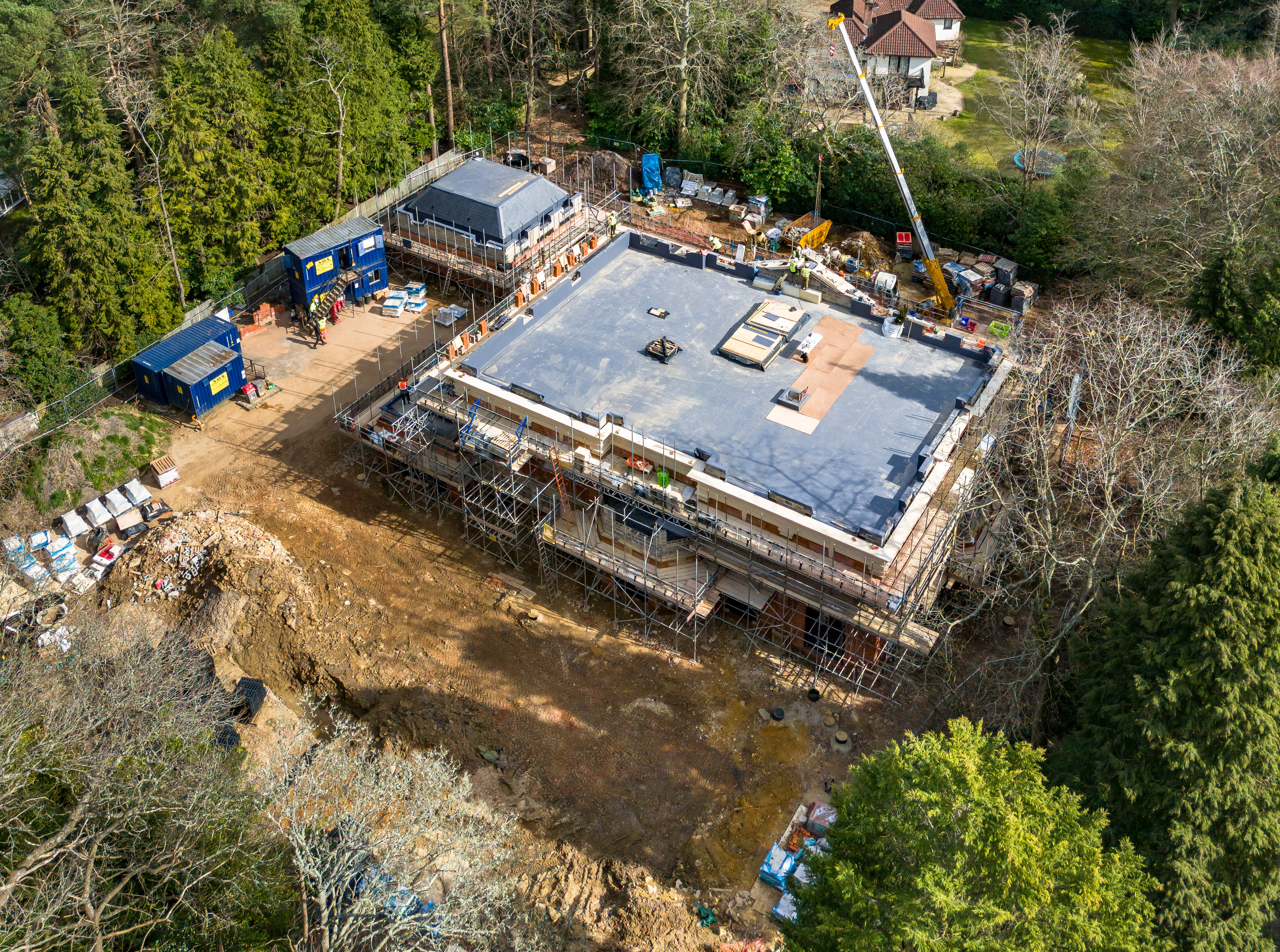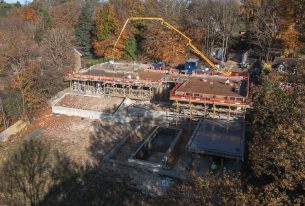


At the heart of every bespoke home project there is a client who is excited to step over the threshold for the first time and live in the property of their dreams. Often, they have a very clear vision of what that home should look like and will have worked with the architect for months to ensure the style, layout and specification of their new home articulates that vision in every detail.
But what a client understands by detail is very different from the level of information a construction company requires to progress a project efficiently, aligned to the programme. The client may know what they want, but, unless they have been involved in a construction project before, they are unlikely to appreciate the complex array of questions and answers required to deliver it.
Part of our role, therefore, as an outcome-oriented construction company working in the high-end residential sector, is to embed the mechanisms required to enable timely and detailed information sharing from the earliest stages of a project. The key tool for that is the information release schedule.

What is the Information Release Schedule?
An information release schedule is nothing unusual or revolutionary. In fact, it’s a document that is integral to any JCT contract and it exists, in parallel to the construction programme, to indicate what information is required by specific deadlines throughout the project in order for the programme to progress.
The difference in the way Hale delivers projects is not in how we create that documentation, but in the way we communicate exactly what the required information should look like and the way we review, monitor and update the information release schedule throughout the programme.
The information release schedule is a working document, which forms part of the project set-up process and our regular communication with the architect; both in person and through our digital processes in Procore. By establishing the level of detail and format of information required with the architect at the earliest stages of the project we can not only ensure that milestones for information release are met, but that delays due to incomplete or inaccurate information are avoided. The request for information tool (RFI) within Procore enables us to expedite any areas where more detail is needed in good time, and to track the communication between delivery partners so that we know, in real time, where the information request is up to.
Monthly progress meetings provide another opportunity to review and update the information release schedule. For the Hale team, these meetings are not just an environment to outline progress on the construction programme, but also a chance to discuss progress on the provision of the information that drives it. And, as most high-end residential clients opt to attend these meetings where possible, they provide a forum to explain the level of detail required, the reasons why it is required, and the potential impact on the programme if information is not available within the scheduled deadline. In this way, both the client and the delivery partners can work collaboratively to achieve efficient progress on the project, delivering an optimised outcome with zero delays, which is what everyone wants.
So why is accurate and detailed information so important?
The information contained within the information release schedule is not just about the specification of materials; it’s the nitty gritty of exactly what’s required for every element of the build aligned to the programme.
For example, the client may have decided on the wall and floor finishes for the bedroom and stipulated that there should be a power socket on either side of the bed. This seems clear enough from an occupier’s point of view, but to make sure we get this simple detail right before the wall and floor finishes are installed, we need to know much more. Where will be the bed be positioned? How big will it be? What height will it be? Will there be bedside tables? What will their dimensions be? Will the sockets go above the bedside tables? It may seem like a lot of additional questions, but if we are to install the sockets in exactly the right place for the client to plug in their bedside lamp and charge their phone, we need to know the answers. Otherwise, we’re just best-guessing where to put the sockets and they could end up behind the headboard, or even on the wrong side of the room!
This is just one small example of the detail needed to enable efficient progress on the construction programme, but it demonstrates the vital role of the information release schedule and why we monitor and manage it so closely. Every scheduled job and every item that needs to be procured for site is dependent on the correct information being available at the right time, so we put this document at the very heart of our project management approach.
A solid foundation
It is in everyone’s interests to avoid any delays or variations on a project because that’s what allows the client to move into their home on time and the delivery partners to move on to their next project with a smooth handover and a simple settling of the final account.
The information release schedule plays a valuable role in proactive management of the construction project. Spending time discussing and finalising details early in the project avoids the risk of delays, additional cost and onerous time wasted evaluating claims for extending the programme.
By focusing on the pivotal role of the information release schedule in this way, we are often able to complete projects on time, managing expectations throughout and using both digital tools and face to face communication to ensure accurate, detailed information forms a solid foundation for the construction process.











